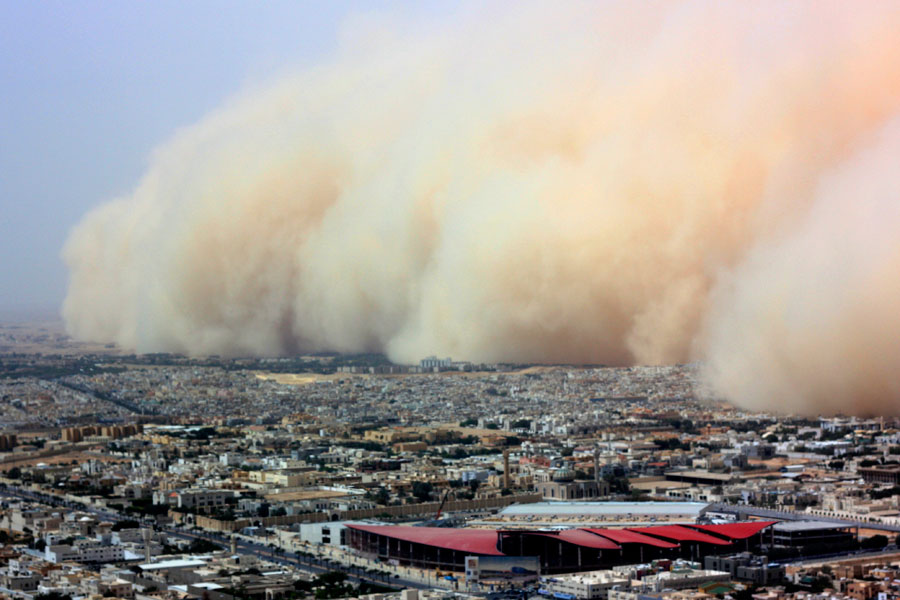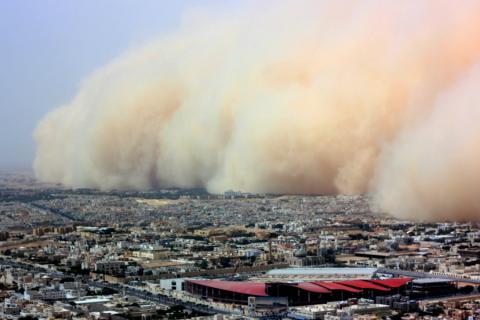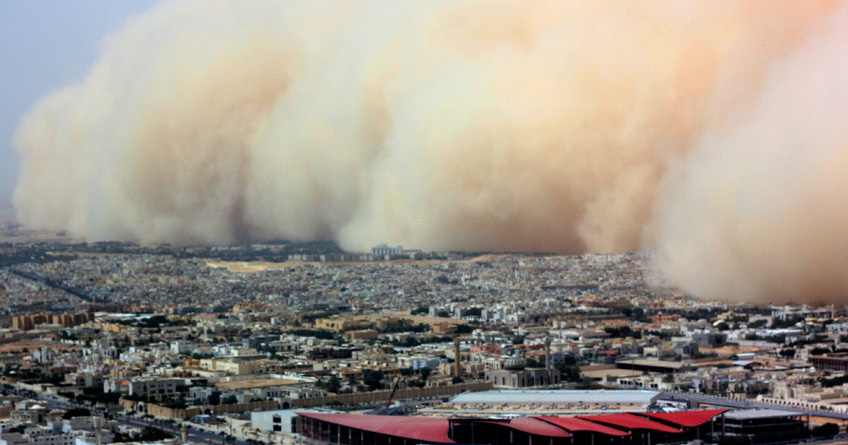The Tigris and Euphrates Rivers tumble down the mountains of Turkey, crossing Syria and Iraq as they meander toward the Persian Gulf. Together, the rivers irrigate the Fertile Crescent, an arc of rich land that fostered Mesopotamian and Middle Eastern cultures. For thousands of years, through the rise and fall of civilizations, the Fertile Crescent flourished as an oasis of arable land amid bone-dry deserts.
By the twentieth century, however, even this fertile region began to dry out. Much of the Middle East now struggles under the weight of political unrest, warfare, and population pressures that have stressed water supplies. At the same time, rising temperatures and persistent drying are transforming the region’s story from one of richness and fertility to one of sand and dust. Could a concurrence of climate phases coupled with a
long-term drought spell the end of the Fertile Crescent? Two scientists approach the problem from opposite directions, only to reach similar conclusions.
To continue reading this feature article by Laura Naranjo in the 2017 edition of Sensing Our Planet on NASA's Earthdata website, see Crisis in the Crescent.
To see the ORNL DAAC data set referenced in the article, see:
Vose, R.S., R.L. Schmoyer, P.M. Steurer, T.C. Peterson, R. Heim, T.R. Karl, and J.K. Eischeid. 2016. Global Historical Climatology Network, 1753-1990. ORNL DAAC, Oak Ridge, Tennessee, USA. http://dx.doi.org/10.3334/ORNLDAAC/220



